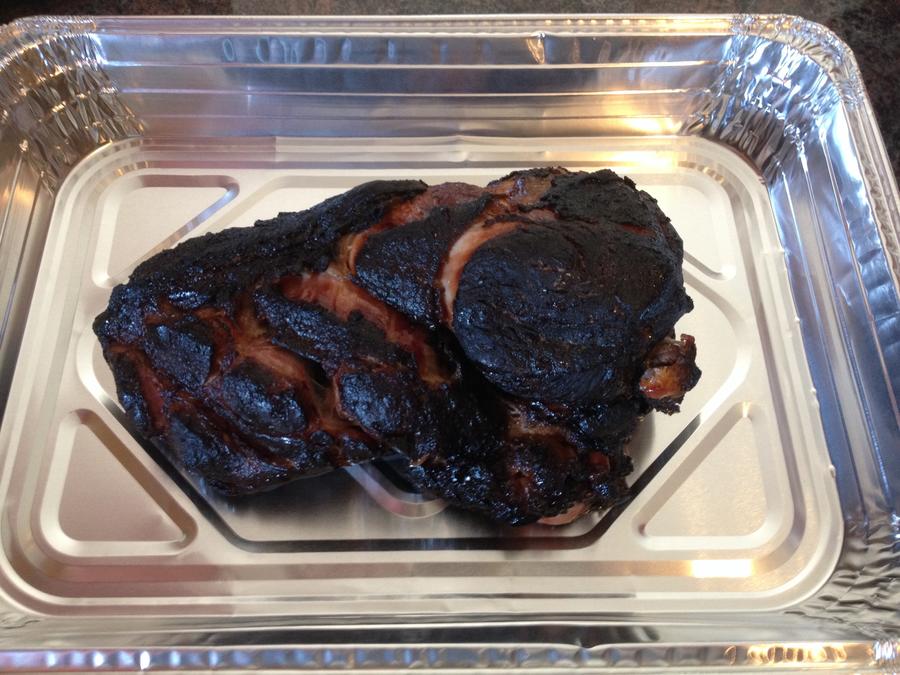Hi Cliff
I primarily use Heat Beads with a little lumpwood or pellets on top for flavour but I sometimes use either Weber briquettes (almost identical to Heat Beads) or restaurant grade lumpwood charcoal. These are usually arranged Minion/Snake with 3 or 4 lit coals at one end to start. With a lot of use the Weber bottom vents do tend to get less air tight over time and so let more air in - even when fully closed. As this happens the coals tend to burn hotter. I do give in sometimes and replace them every few years.
These days though on one of my Webers I tend to cheat a little and use an iQue 110 as a fit-and-forget temperature controller. Yes, lazy I know but it does keep the cooking chamber within a couple of degrees of the set temperature for many hours without any attention needed. Now even the recommendations from PitmasterIQ themselves when using this unit is to 3/4 close the top vents to improve fine temperature control.
This whole discussion started about the merits of keeping the top vents fully open on a kettle BBQ versus the merits of partially closing them. We all develop our own techniques that work for us and I find that by balancing the top and bottom vents I can get a much tighter temperature control at lower temperatures than when trying to use the bottom vents alone. Providing you don't actually shut the top vents completely, as far as I can see we are simply using two slightly different methods for achieving the same desired end result. Neither method is right and neither is wrong.
Cheers
Wade






